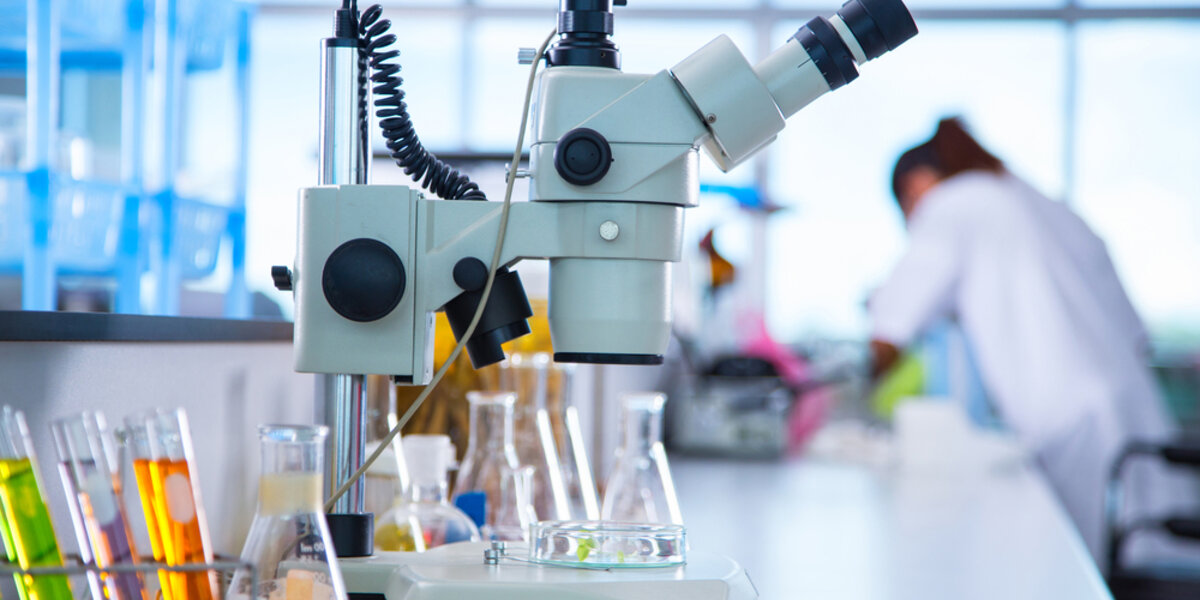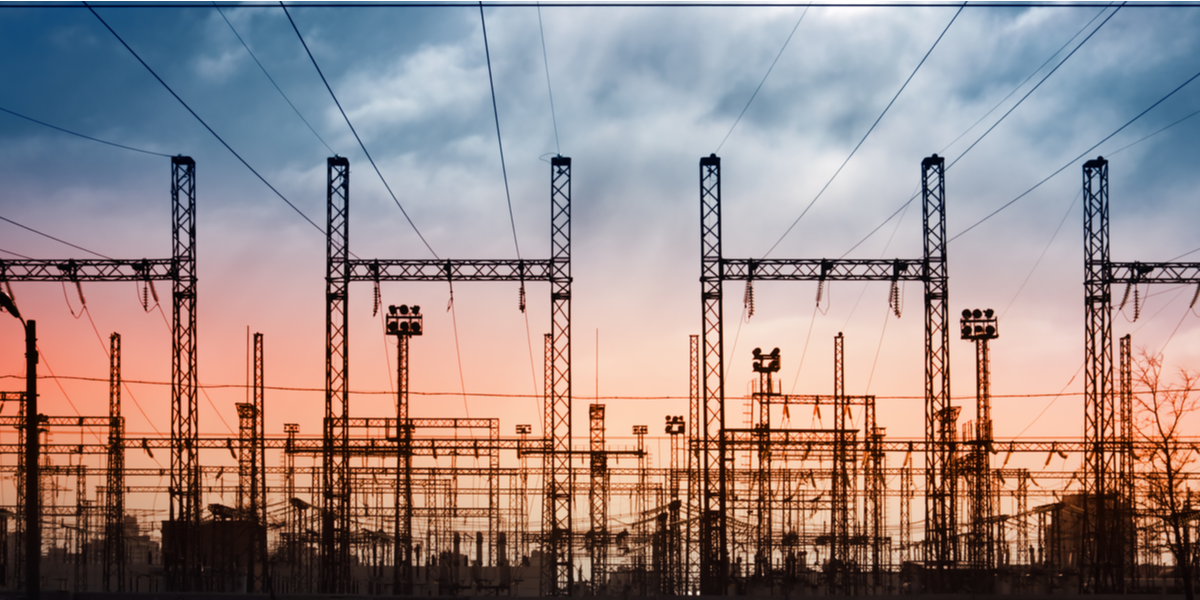Improving Energy Efficiency in the Lab
Let's Save Energy
Alliance to Save Energy's Blog
Improving Energy Efficiency in the Lab

Energy demand and utility costs in laboratory buildings are very high — they can require 5-10 times more energy per square foot than a typical commercial office building. Given all the scientific equipment and technology found in modern research labs, this isn’t hard to imagine. Laboratories are so energy intensive for a number of reasons, spanning far beyond lab equipment, each with a variety of energy savings opportunities. We’re taking a look at a few of the reasons why labs require so much energy to operate and what is being done to advance laboratory energy efficiency.
Heating, Ventilation and Air Conditioning (HVAC)
In many lab buildings, HVAC (heating, ventilation and air conditioning) systems make up the majority of the building’s energy demand. Because a safe research lab environment needs clean air, lab building ventilation rates are particularly high, sometimes up to 12 Air Changes per Hour (ACH). This means that in each hour, the entire volume of air in the lab is completely replenished with clean air 12 times. Depending on how sophisticated the HVAC controls are, as well as the occupant work schedule of the lab, facility managers can program the building’s HVAC system to operate at the minimum rate (four ACH) when the building is unoccupied, and raise it to the needed ventilation rate when the building is in use. More advanced HVAC control systems can adjust ventilation rates based on indoor air quality using real-time, zone level data. This means that ventilation rates can increase when contaminants are detected in the air, and decrease when the indoor air quality is high. This can significantly reduce energy consumption while still maintaining a safe work environment at all times. When considering retrofit and retrocommissioning options in a lab building, financial decision makers should first start with HVAC systems for a cost effective energy efficiency upgrade.
Fume Hoods
As another example of energy use in lab buildings, lab fume hoods can consume as much energy as two to three homes in the US. If you aren’t familiar with this widely used technology, a fume hood is a ventilation device that protects lab workers from breathing in volatile chemicals by drawing in air from the lab space and pushing the air outside the building. The number of fume hoods in a lab affects the utility costs of the building significantly. With fairly simple behavioral changes, like using a sash (a moveable shield at the opening of the fume hood) when the fume hood is not in use, energy can be saved in two ways. First, less conditioned air is pumped out of the room, reducing the demand on the lab’s HVAC. Second, with Variable Air Volume (VAV) fume hoods, shutting the sash will reduce the rate of exhaust air flow to maintain the minimum ventilation rate. This reduces energy consumption, as well as upholds a safer work environment for occupants. As a result, it would be wise for labs to adopt this practice as policy, as well as engage lab workers to shut the sash when the fume hood is not in use.
PowerSave Campus
The Alliance to Save Energy’s PowerSave Campus program has implemented several fume hood energy competitions resulting in huge energy savings. Currently, a “shut the sash” competition is being held at UC San Francisco, where after just one month of outreach to around 40 lab employees using 22 fume hoods, annual savings are projected to reach approximately 148,000 kWh and $19,000. To help ensure long term energy saving practices continue, frequent reminders through visual cues and other outreach techniques will be implemented after the competition is over.
Additional Strategies
According to Allison Paradise, executive director of My Green Lab, one of the most important energy saving strategies that is often overlooked is occupant behavior change, especially in labs that have already implemented energy efficiency measures. In addition to shutting the sash on fume hoods, a few easy strategies that can reduce the operational costs of a lab include: turning off the lights at the end of the day, utilizing task lighting, unplugging lab equipment and using appliance timers. Switching an Ultra-Low Temperature Freezer used to store samples from -80 degrees Celsius to -70 degrees Celsius can potentially reduce the freezer’s energy consumption by 30 percent. This can save the lab a substantial amount of money and can be done without the risk of damaging most samples.
Even with an abundance of energy savings opportunities, promoting behavior change in research labs can be challenging. In an atmosphere where scientific research always takes priority, saving energy is not something most lab workers often think about. Moreover, if behavior change means altering something that could, in some conceivable way, negatively affect research, it often ends the discussion prematurely. That’s why it’s up to building facilities managers, EH&S, energy efficiency professionals and energy conscious building occupants to communicate how energy efficient behavior practices can be done safely and with minimal effort.
RECENT BLOG POSTS
STAY EMPOWERED
Help the Alliance advocate for policies to use energy more efficiently – supporting job creation, reduced emissions, and lower costs. Contact your member of Congress.
Energy efficiency is smart, nonpartisan, and practical. So are we. Our strength comes from an unparalleled group of Alliance Associates working collaboratively under the Alliance umbrella to pave the way for energy efficiency gains.
The power of efficiency is in your hands. Supporting the Alliance means supporting a vision for using energy more productively to achieve economic growth, a cleaner environment, and greater energy security, affordability, and reliability.



